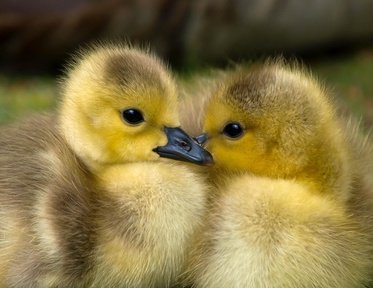
Classifying Poultry Trivia Quiz
Chicken, Duck or Goose
I'll give you twelve species of domestic poultry. You just need to class them as chickens, geese or ducks.
This is a renovated/adopted version of an old quiz by author abcdefghijkl
A classification quiz
by rossian.
Estimated time: 3 mins.